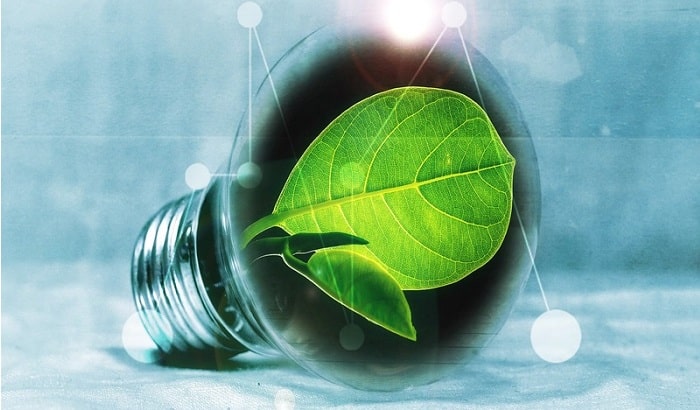Bioenergy Europe has launched the first chapter of its Statistical Report 2020, which provides an in-depth analysis of Bioelectricity’s role in decarbonising the EU’s power grid.
While renewables account for 33 per cent of the EU energy mix – of which 5,8 per cent is generated by bioenergy – 67 per cent of the electricity in the EU is still generated by non-renewables such as coal, natural gas and nuclear.
In addition, despite substantial efforts undertaken in recent years, the electricity’s carbon footprint in the EU remains high, reaching 292 gCO2eq/kWh in 2018.
To achieve full decarbonisation of its power system and its economy, the EU needs a strategic vision and concrete measures to support a profound change in Members States’ energy mixes.
Only a combination of advanced clean technologies – that includes bioenergy – can ensure a stable and secure supply of clean electricity.
Advantages of bioenergy:
Offers the advantage of complementing renewables as a stable, flexible, and cost-effective source of energy.
Stabilizes the network and with its ability to produce on-demand, its a perfect match with wind or PV, which can be intermittent.
Becoming increasingly efficient with 71 per cent electricity generated from modern combined heat and power plants (CHP).
An effective energy mix should be prioritized through long-term political commitment and investments in order to secure stability of the system at all times. This should be coupled with adequate financial support aimed at efficient technologies and sustainable-fuel demonstration projects.
The full market uptake of bioelectricity technologies represents a concrete answer to today’s challenges offering a viable and sustainable solution.
The benefits of a coherent and effective energy transition, which sees bioelectricity as a key piece of the puzzle are manifold: environmental benefits, a secure energy system, but also job creation and economic development at local and regional levels.
Jean-Marc Jossart, Bioenergy Europe Secretary General said: “The economic recovery after the pandemic should be seen as a strategic opportunity.
Financing instruments should be used to accelerate the decarbonization of Europe. Bioenergy is part of the solution to phase out fossil fuels, being technically mature, economically affordable and socially fair”.





































